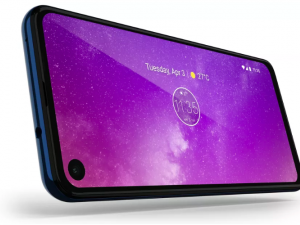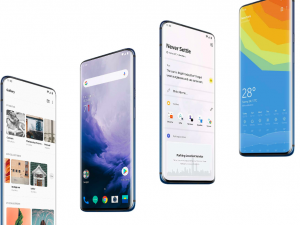Apple’s Latest Patent Aims To Take Down The Pixel 3
Damien McFerran 21/01/2019 – 8:26am
Making photography even easier
When you talk about smartphone photography these days, one name keeps cropping up: the Google Pixel 3. While this phone has ignored the recent trend for placing multiple cameras on the back of a handset, it takes some of the most amazing shots we've seen on any mobile device, aided by the game-changing night mode which allows users to capture images in low light without the need to deploy the flash.
This is quite a turn of events, as it's traditionally Apple's phones which are best at this kind of thing. However, a new patent discovered by Apple Insider hints that the company is keen to reclaim its crown, and is already thinking of new ways of making the iPhone the world's number one photography phone.
A patent application published by the U.S. Patent and Trademark Office last week details an "Apparatus and method for automatically activating a camera application based on detecting an intent to capture a photograph or a video."
Simply put, if the phone is raised to stationary portrait or landscape position for a minimum amount of time, it will launch the camera app. This process will be detected by onboard accelerometers, as well as a second proximity-based sensor on the back, which 'looks' to see if there's a subject in frame, waiting to be snapped. This is not entirely unlike the system used on the iPhone XR, which will only allow users to snap a 'Portrait' shot if the phone is able to detect a human face in shot.

Should all of the conditions be met, the phone will launch the camera app without the user having to do anything, which means you're less likely to miss that once-in-a-lifetime snap. However, in typical Apple style, the phone will not be unlocked and will only take a photo – it won't grant access to the user's photo library or any other data. All of that will continue to be secured behind either Face ID or the standard lock screen pin code.
On paper, this doesn't sound all that groundbreaking – it's really just another way of deploying the camera from the lock screen, which can already be done by long-pressing the camera app when your phone is locked. However, it shows how Apple is using tech to make the whole process more streamlined and intuitive, and it's little things like this that turn a great camera phone into a must-have one.
Of course, any patent is just a patent, and there's no solid way of knowing if Apple will even use this idea. However, we'd imagine it's something that could make its way into the 2019 iPhone, as it seems like exactly the kind of user-friendly magic the company is known for.




